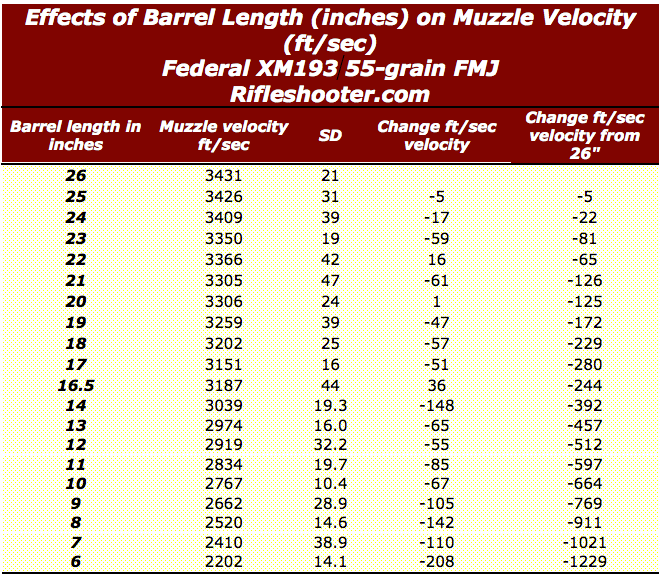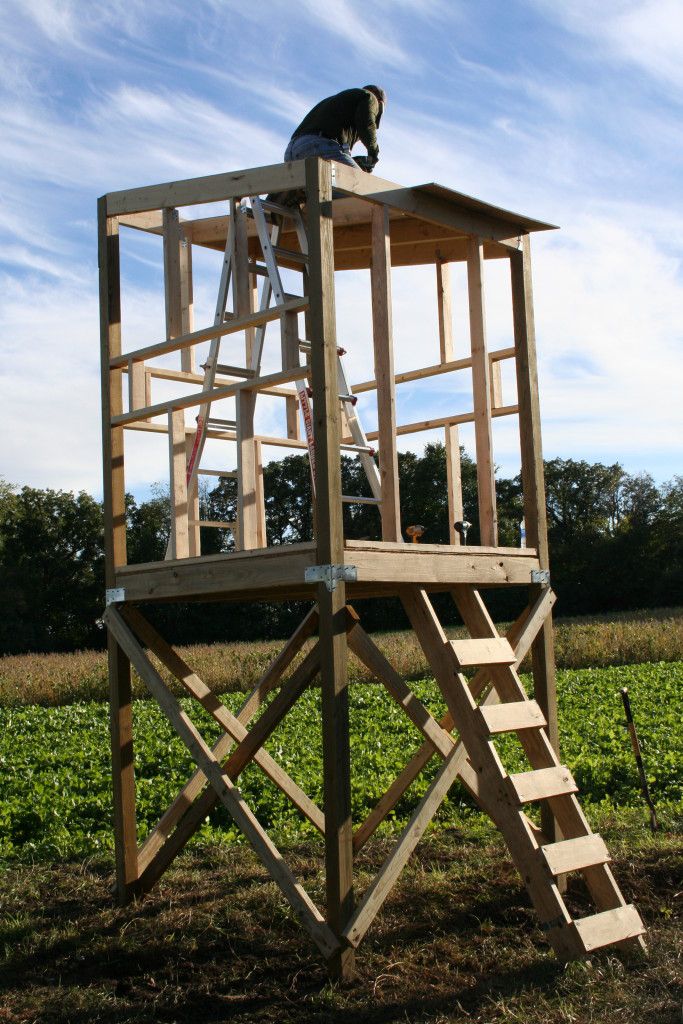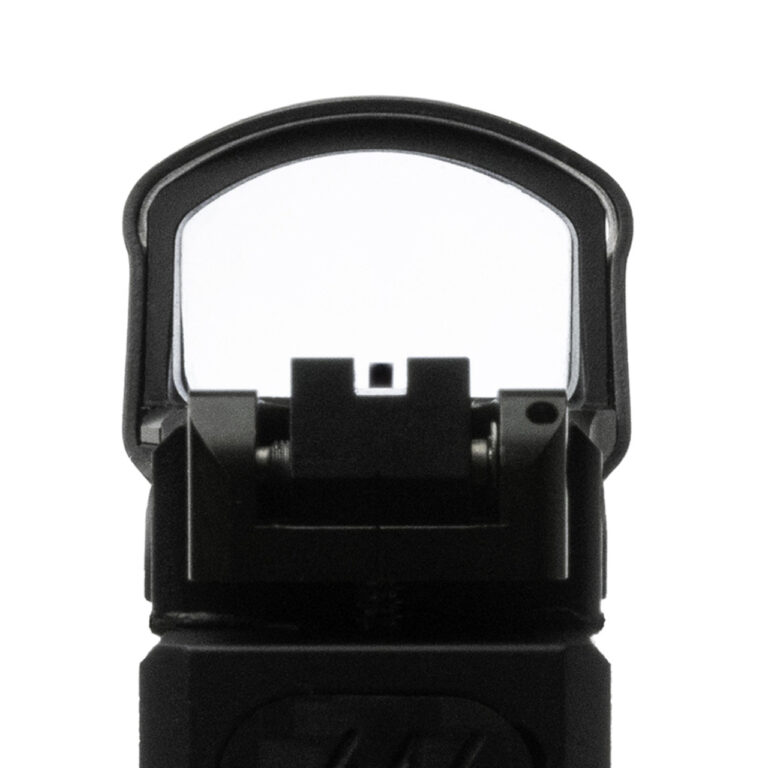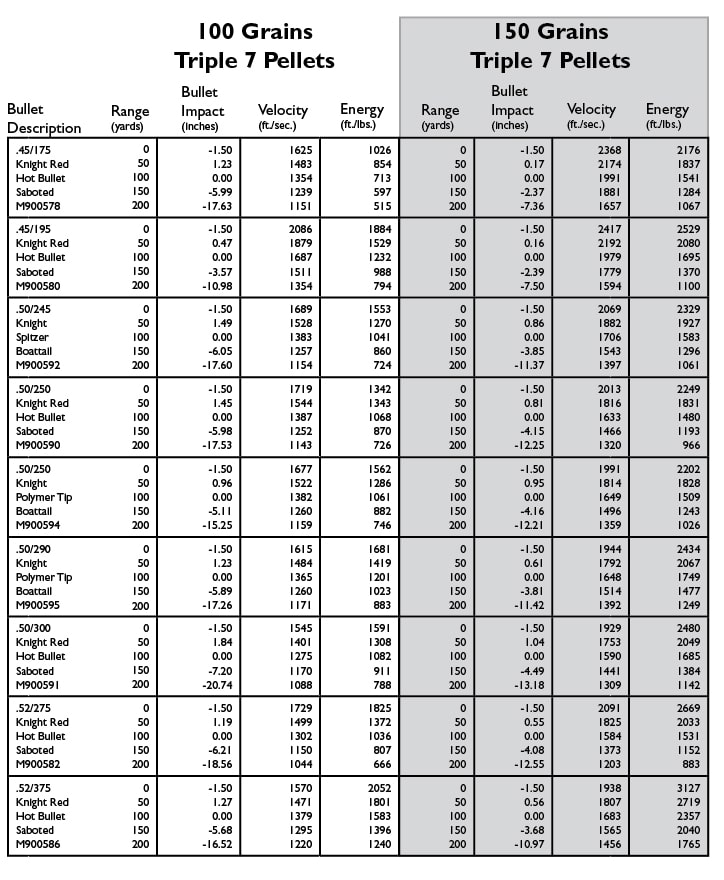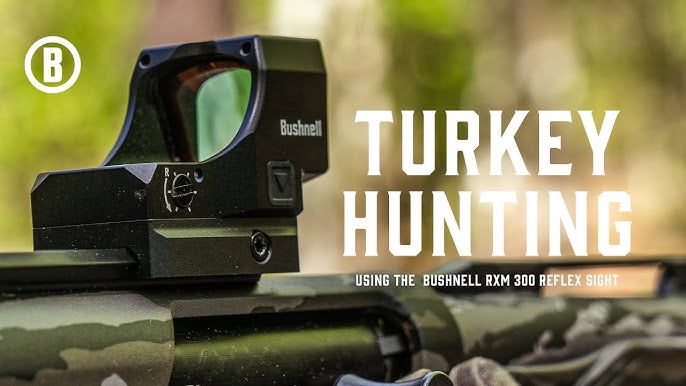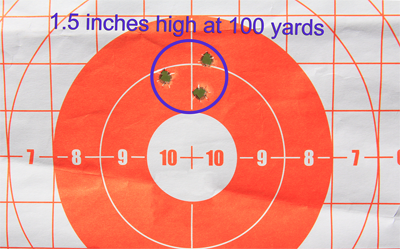5.56 Ballistics Chart Barrel Length: Maximize Your Shooting Accuracy
Understanding the ballistics of a 5.56 round is crucial for many gun enthusiasts. Barrel length can significantly impact the performance of your firearm.
Knowing how barrel length affects 5. 56 ballistics helps in making informed choices. This knowledge ensures you get the most out of your weapon, whether for hunting, sport shooting, or self-defense. In this blog post, we’ll explore how barrel length influences key aspects such as velocity, accuracy, and overall effectiveness.
This guide aims to provide clear insights, simplifying the complex relationship between barrel length and 5. 56 ballistics. Let’s dive in and discover how different barrel lengths can affect your shooting experience.
Introduction To 5.56 Ballistics
Understanding the ballistics of the 5.56 NATO round is crucial for shooters. The 5.56 is a popular choice for many firearm enthusiasts. Knowing how it performs can help improve accuracy and effectiveness.
The performance of the 5.56 NATO round depends on several factors. One of the most important is the barrel length of the firearm. Barrel length can significantly affect the velocity, range, and impact of the bullet.
Importance Of Barrel Length
Barrel length plays a key role in the ballistics of the 5.56 NATO round. A longer barrel generally allows the bullet to reach a higher velocity. This is because the powder burns more completely, pushing the bullet faster.
Conversely, a shorter barrel means less time for the bullet to accelerate. This results in lower velocity and can affect accuracy and range. Here’s a quick comparison:
| Barrel Length | Velocity | Effective Range |
|---|---|---|
| 10.5 inches | 2,600 fps | 200 yards |
| 16 inches | 3,000 fps | 400 yards |
| 20 inches | 3,200 fps | 600 yards |
Basics Of Ballistics
Ballistics is the science of projectiles and firearms. It covers the behavior of the bullet from the moment it leaves the barrel until it hits the target.
There are three main phases in ballistics:
- Internal Ballistics: The bullet’s behavior inside the barrel.
- External Ballistics: The bullet’s flight path to the target.
- Terminal Ballistics: The bullet’s impact on the target.
Each phase affects the bullet’s performance. Understanding these phases helps shooters make informed decisions.
In the case of the 5.56 NATO round, barrel length primarily influences internal and external ballistics. A longer barrel allows for more complete combustion of the powder. This results in higher bullet velocity and a flatter trajectory.
In summary, the barrel length of your firearm is a critical factor. It impacts the velocity, range, and overall effectiveness of the 5.56 NATO round. Understanding the basics of ballistics can help you choose the right barrel length for your needs.
Factors Affecting Ballistics
Understanding the factors that affect ballistics is crucial for any shooter. Ballistics is the science of projectiles and firearms. Multiple elements influence the performance of a bullet. Knowing these can improve accuracy and effectiveness.
Barrel Length
The length of a barrel impacts the velocity of the bullet. Longer barrels allow the bullet to gain more speed. This is due to the increased time the bullet spends accelerating. However, longer barrels can make the firearm less maneuverable. Shorter barrels are easier to handle but may reduce bullet velocity. This trade-off is important for different shooting scenarios.
Ammunition Type
The type of ammunition also plays a vital role. Different bullets have varying weights and designs. Heavier bullets tend to travel slower but hit harder. Lighter bullets travel faster but may not penetrate as deeply. The powder charge in the cartridge affects the speed and power. Always choose the right ammo for your specific needs.
Environmental Conditions
Environmental factors can significantly alter ballistics. Temperature, humidity, and altitude all play a part. Warmer temperatures can increase bullet speed. Humidity can affect the bullet’s flight path. Higher altitudes can reduce air resistance, making bullets travel faster. Shooters must consider these conditions for accurate targeting.
Optimal Barrel Lengths For 5.56
Choosing the right barrel length for your 5.56 firearm is crucial. It affects accuracy, velocity, and overall performance. Different lengths suit different needs. Below, we explore three categories: short, medium, and long barrels.
Short Barrels
Short barrels, typically under 14 inches, are popular for close-quarters combat and home defense. They offer greater maneuverability in tight spaces. But, they compromise on velocity and accuracy at longer ranges.
| Barrel Length | Velocity (ft/s) | Effective Range |
|---|---|---|
| 10 inches | 2,600 | 150 yards |
| 12 inches | 2,750 | 200 yards |
Medium Barrels
Medium barrels, ranging from 14 to 18 inches, strike a balance. They offer better accuracy and velocity than short barrels. Medium barrels are versatile, suitable for both tactical and recreational shooting.
| Barrel Length | Velocity (ft/s) | Effective Range |
|---|---|---|
| 14.5 inches | 2,900 | 300 yards |
| 16 inches | 3,000 | 350 yards |
Long Barrels
Long barrels, over 18 inches, provide the best accuracy and velocity. They are ideal for long-range shooting and competition. These barrels maximize the 5.56’s potential. But, they can be cumbersome in tight spaces.
| Barrel Length | Velocity (ft/s) | Effective Range |
|---|---|---|
| 20 inches | 3,200 | 500 yards |
| 24 inches | 3,300 | 600 yards |
Impact Of Barrel Length On Accuracy
Barrel length significantly affects the accuracy of a 5.56 rifle. It influences the velocity, stability, and overall precision of the shot. Understanding these impacts can help you make an informed choice about barrel length.
Velocity And Stability
Longer barrels allow the bullet to gain more velocity. This is because the bullet stays in the barrel longer, allowing more gas to build up and push it faster.
- Longer barrel: Higher velocity
- Shorter barrel: Lower velocity
Higher velocity improves the bullet’s stability. It maintains a straighter path. This is crucial for hitting distant targets accurately.
Yet, there’s a trade-off. Longer barrels can be heavier. This affects the maneuverability of the rifle, especially in tight spaces.
Range And Precision
Barrel length also impacts the effective range of the rifle. A longer barrel generally means a longer effective range.
| Barrel Length | Effective Range |
|---|---|
| 10 inches | 300 meters |
| 16 inches | 500 meters |
| 20 inches | 600 meters |
Precision is another key factor. Longer barrels tend to be more precise. This is due to the increased stability and velocity. The bullet exits the barrel with a more consistent trajectory.
Shorter barrels, while less precise at long ranges, offer advantages. They are lighter and easier to handle. This makes them ideal for close-quarters combat.
Choosing the right barrel length depends on your specific needs. Consider the range and type of shooting you will be doing.
Ballistics Charts And Data
Ballistics charts help shooters understand bullet behavior. These charts show how bullets travel, their speed, and their drop over distance. For 5.56 ammunition, barrel length affects performance. Shorter barrels often mean lower speeds and less accuracy. Longer barrels usually offer higher speeds and better accuracy. Knowing this data can improve shooting skills.
Understanding ballistics charts is crucial for any shooter. These charts display vital information. They show bullet trajectory, velocity, and energy at various distances. This data helps shooters make better decisions.
Interpreting Ballistics Charts
Interpreting ballistics charts is simple with practice. The X-axis shows distance. The Y-axis shows bullet drop or velocity. Pay attention to these axes. They reveal how bullets behave over distance. Bullet drop indicates how much a bullet falls. Velocity shows bullet speed. Together, they provide a clear picture of performance.
Charts also show energy levels. Energy affects impact power. Higher energy means greater impact. Understanding these elements helps with accuracy. Practice makes reading these charts easier.
Using Data For Better Accuracy
Use ballistics data to improve shooting accuracy. Start by knowing your barrel length. Find data specific to your barrel. Compare it with standard charts. Note differences in bullet drop and velocity. Adjust your aim based on this data.
Practice is key. Use the data to adjust your shooting. Track your results. Over time, you will notice improved accuracy. Ballistics charts and data provide valuable insights. Use them to become a better shooter.

Credit: www.everydaymarksman.co
Practical Applications
Understanding the 5.56 ballistics chart and barrel length is essential for various practical applications. The length of the barrel affects the bullet’s speed, accuracy, and energy. This knowledge helps in making informed decisions for different activities. Let’s explore how barrel length impacts hunting, sport shooting, and tactical use.
Hunting
For hunting, barrel length influences the rifle’s portability and performance. A shorter barrel is easier to maneuver in dense woods. It is also lighter, making it ideal for long treks. On the other hand, a longer barrel provides better accuracy and higher bullet velocity. This is crucial for taking down game at longer distances. Here is a quick comparison:
| Barrel Length | Advantages | Disadvantages |
|---|---|---|
| Short (10.5″-14.5″) | Lightweight, Easy to maneuver | Less accuracy, Lower velocity |
| Long (16″-20″) | Better accuracy, Higher velocity | Heavier, Less portable |
Sport Shooting
In sport shooting, barrel length affects stability and control. A mid-length barrel (16″-18″) often provides a good balance. It offers decent accuracy while being manageable. For precision shooting competitions, longer barrels (20″ or more) are preferred. They offer enhanced accuracy and bullet stability. Here are the key points:
- Mid-length barrels offer balance and control.
- Long barrels are chosen for high-precision shooting.
Tactical Use
Tactical situations require quick, accurate, and efficient responses. A shorter barrel is advantageous here. It allows for better maneuverability in tight spaces. This is critical for close-quarter battles. Tactical operators also prefer lightweight rifles for quick movements. However, they must compromise on some accuracy and range. Key points include:
- Short barrels provide agility and ease of use.
- Weight reduction aids in quick tactical responses.
- Compromise on accuracy and range.
Tips For Maximizing Accuracy
Accuracy is vital when using a 5.56 firearm. Understanding how to maximize it can make a big difference. Here are some practical tips to help you improve your shooting accuracy. Focus on these areas to get the best results.
Selecting The Right Barrel
The barrel length impacts accuracy. Choose a barrel that matches your needs. Longer barrels offer more stability. Shorter barrels are easier to handle. Pick one based on your shooting style. Consider the balance between length and handling. This will help you find the ideal barrel.
Proper Maintenance
Regular maintenance keeps your barrel in top shape. Clean it after each use. Remove any residue or debris. Check for any signs of wear. Lubricate moving parts. This prevents rust and ensures smooth operation. Proper maintenance extends the life of your barrel. It also maintains accuracy.
Practice And Training
Practice makes perfect. Spend time at the range. Familiarize yourself with your firearm. Work on your stance and grip. Practice different shooting positions. Consistent training improves muscle memory. It also boosts confidence. The more you practice, the better your accuracy will be.

Credit: rifleshooter.com

Credit: www.everydaymarksman.co
Frequently Asked Questions
What Is The Ideal Barrel Length For 5.56?
The ideal barrel length for 5. 56 is generally considered to be 20 inches. This length offers an optimal balance between velocity, accuracy, and maneuverability.
How Does Barrel Length Affect 5.56 Ballistics?
Barrel length significantly affects 5. 56 ballistics. Longer barrels improve velocity and accuracy, while shorter barrels offer better maneuverability but reduced range.
What Is The Minimum Barrel Length For 5.56?
The minimum barrel length for 5. 56 is typically 10. 5 inches. Shorter barrels are more compact but can significantly reduce velocity and accuracy.
Does A Longer Barrel Increase 5.56 Accuracy?
Yes, a longer barrel generally increases 5. 56 accuracy. Longer barrels provide a longer sight radius and improved bullet stability, enhancing overall accuracy.
Conclusion
Understanding the 5. 56 ballistics chart and barrel length is crucial. It helps improve accuracy and performance. Choosing the right barrel length can impact your shooting experience. Always consider your specific needs and preferences. Practice regularly to get the best results.
This knowledge can make you a better shooter. Stay informed and keep learning. Happy shooting!

